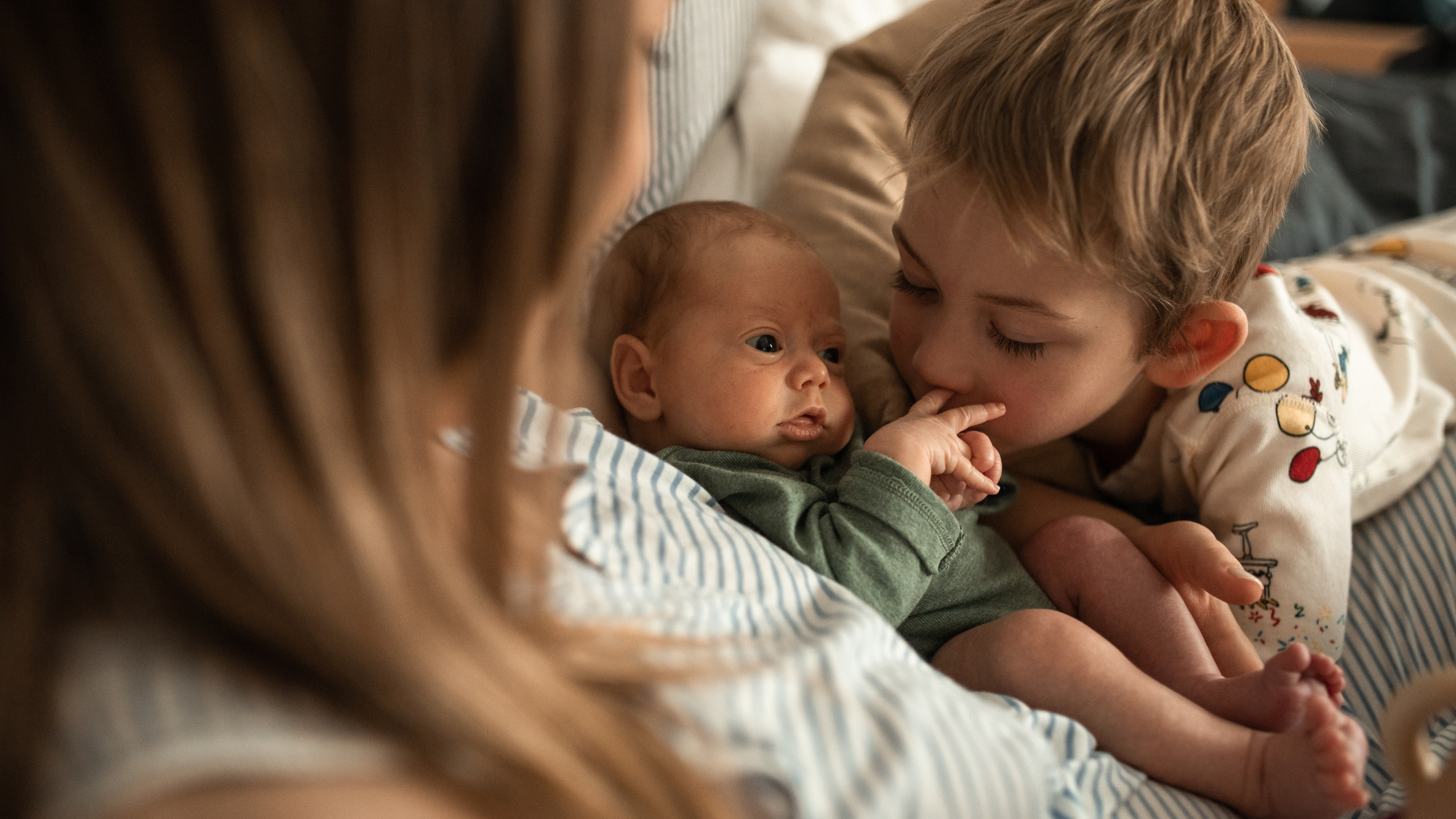Child care is essential infrastructure—families rely on it so they can work, children rely on it for stability and care, and entire communities depend on it to function day to day. During disasters, the child care system faces a unique set of challenges that can disrupt care quickly and make recovery difficult without strong support.
Breaking down the challenges
- Disruption to operations: Child care often closes as soon as there are power outages, flooding, wildfires, extreme heat, or air quality issues. Staffing and supplies, both critical to operating safely, are also disrupted quickly in a disaster.
- Communication breakdowns and lack of inclusion in planning: Many child care workers are small businesses or home-based programs that may not be included in local emergency response plans. This can mean delayed alerts, limited access to resources, and providers having to make urgent decisions without clear guidance.
- Strained resources, real impacts: Child care teachers work hard to keep their doors open every day—but many operate with limited financial reserves and little room to absorb unexpected costs. A few days of closure, damage to a home or facility, or a sudden drop in enrollment can create real hardship. Even small disruptions can have a big impact on their ability to stay open and continue serving families.
- Role in family stability: When disasters strike, families are often juggling multiple demands—whether it’s caring for loved ones, managing disrupted routines, or beginning the recovery process. Child care can be an essential source of stability during these times. When care isn’t available, the strain is felt across the community—and child care workers are often the first to feel that pressure.
Research and field experience—especially during the COVID-19 pandemic—have shown how quickly the child care system is affected and how difficult recovery can be without coordinated support. That’s why emergency preparedness isn’t just a checklist—it’s a long-term investment in community resilience.
Child Care Resource and Referral (CCR&R) organizations are trusted, community-embedded organizations that help stabilize the child care system before, during, and after a crisis. They are second responders, technical assistance providers, connectors, and advocates. And with the right tools and training, CCR&Rs can ensure child care remains a foundation of strength during emergencies.
Why emergency preparedness starts with child care
Emergencies—from pandemics and wildfires to flooding and extreme weather—are becoming more frequent and more disruptive. The Ready or Not 2025 report reinforces what CCR&Rs already know: workforce protections, strong partnerships, and coordinated planning are key to faster recovery.
When child care is left out of emergency planning, families can’t return to work, child care workers struggle to reopen, and recovery efforts stall. But when CCR&Rs are equipped with training, data, and partnerships, they help keep the system going—and contribute to getting it back up and running quickly when disruptions occur.
Equipping CCR&Rs to lead preparedness and recovery
Child Care Aware® of America’s (CCAoA) emergency preparedness, response, and recovery work is designed to support CCR&Rs in building and sustaining disaster-ready child care systems. Through a national initiative focused on community resilience, CCAoA is helping CCR&Rs:
- Deliver training and technical assistance that support child care workers in building emergency plans and reopening more efficiently after a crisis;
- Strengthen partnerships with emergency management to support efforts to ensure child care is integrated into state and local planning efforts;
- Improve access to resources by identifying child care workers with barriers to recovery and connecting them to the right supports;
- Engage private and community partners to stabilize child care and promote longer-term recovery.
Explore CCAoA tools and resources
CCR&Rs don’t have to start from scratch. CCAoA offers a wide range of tools, training, and technical assistance to help organizations prepare for and respond to disasters:
- Emergency Preparedness Training-of-Trainers: A robust curriculum that equips CCR&R staff to train child care workers on emergency planning, children’s emotional needs, and continuity of operations.
- Partnership Toolkit for CCR&Rs: Practical resources for building relationships with emergency managers, promoting child care in disaster plans, and sharing messages with local partners.
- Mental Health Support for CCR&R Staff: A guide and video created specifically for CCR&R staff, focused on maintaining well-being and navigating the emotional toll of disaster response.
Building resilience is a community effort
Emergency preparedness, response, and recovery is about more than checklists and drills—it’s about relationships, strong systems, and supporting those who need it most. By investing in child care preparedness, communities can ensure a faster, more complete recovery. CCR&Rs are uniquely positioned to lead that work.
From coordinating with public health and emergency management to supporting providers and families on the ground, CCR&Rs are essential partners in building stronger, more resilient child care systems.
Want to learn more?
Visit our Emergency Preparedness Hub.




